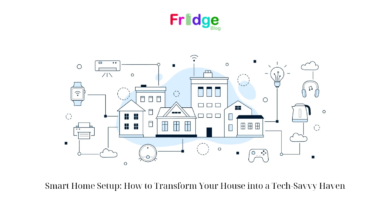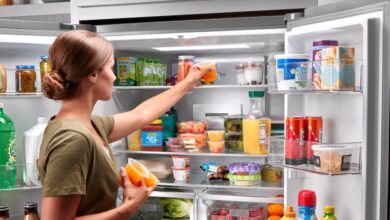Streamline Your Lifestyle with Smart Home Integration
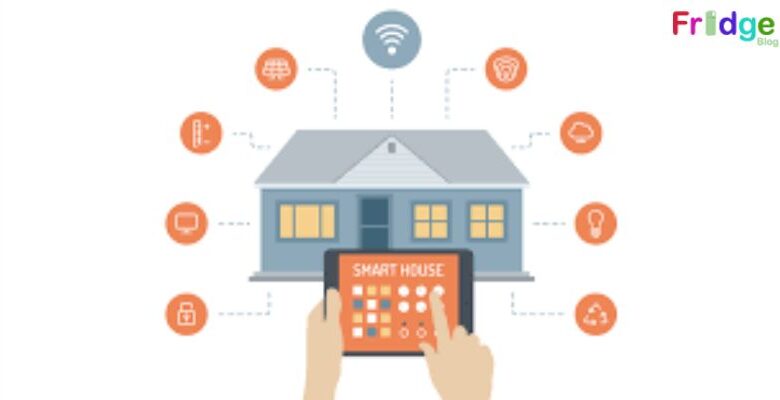
When building a Smart home integration, it can feel a little overwhelming because there are so many home automation systems and Smart home integration products available.
Your smart home’s engine is its home automation system, which is the hub-running software that connects all of your gadgets and enables you to control them by setting automations, scenes, routines, and schedules.
Your smart home’s design and operation may depend on the home automation system you select, right down to the type of lightbulbs you can purchase. Additionally, it’s critical to choose the ideal one for your needs because there are substantial differences in user interface and capabilities. fridgeblog.com will provide some of information for you in this post.
SmartThings
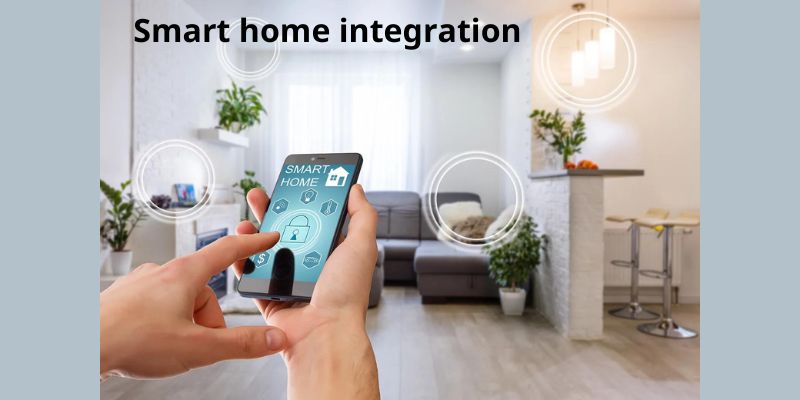
Features: Voice controls for Smart home integration assistants; simple operation; and compatibility with more than 5,000 devices
Finding a home automation system that meets your needs, is easy for you to use, and has strong compatibility with the brands or gadgets you want to keep with is vital when it comes to home automation systems. SmartThings offers all of those.
User interface
SmartThings is the best home automation system because in addition to having a large amount of brand support, it also has a very straightforward and straightforward app interface.
The SmartThings mobile application’s navigation is really simple to use. Favorite devices, scenes, and automations appear as cards directly on the app’s home screen, and adding more devices is as simple as tapping a finger. Automations can be easily be edited, added, and removed using a menu at the bottom of the screen.
All Galaxy phones come with the SmartThings app, which is also accessible through the Google Play store and the App Store for Apple users.
Compatibility
The platform that provides the most support for smart devices on the market is likely SmartThings. You will be able to choose from hundreds of brands and more than 5,000 smart devices already on the market thanks to the Wi-Fi, Zigbee, and Z-Wave protocols incorporated into the Aeotec hub.
Samsung’s smart appliances may be added to your Smart home integration through SmartThings, allowing you to view the remaining time on your washer, dryer, or dishwasher directly from your smartphone.
Smart home integration makes it easier to use these devices to their full extent than other home automation systems that allow you add devices and take advantage of some features directly from their app. Some platforms may offer an on/off button when you add a smart light, whereas SmartThings gives users control over things like brightness, light color, and white temperature.
With Smart home integration, you can also add voice control, with the option to install Google Assistant and Amazon Alexa directly on the app.
Home Assistant

Features: Works with over 1,000 APIs; doesn’t need a hub to control all devices; simplified user interface
With the help of the open-source Home Assistant system, consumers can easily manage their Smart home integration. The absence of a hub required is the key selling point of Home Assistant. Home Assistant can be run on Windows, MacOS, Linux, ODROID, the Asus Tinkerboard, or a Raspberry Pi; the Raspberry Pi is the most popular option because of its low power requirements.
Since it operates locally and only uses the cloud when there are no other options, Home Assistant is speedier, more responsive, and more secure than competing systems.
Setup
Because Home Assistant had a reputation for requiring a lot of fussing to operate, it was mostly employed by the tech-savvy crowd. However, they have streamlined their user interface and made it simpler for the typical Smart home integration enthusiast to use the system. The trickiest part of setting up Home Assistant is deciding how to utilize it and what device to use.
You only need to set it up after downloading it to your computer; this is the enjoyable part. Adding your location, selecting an administrator, and setting your preferences are all part of setup. After that, Home Assistant will scan your network for devices and services, allowing you to add them to your settings.
The only thing left is to get comfortable with the web interface. With great automation capability and compatibility, Home Assistant is truly one of the fastest and most responsive home automation systems on the market.
Compatibility
Home Assistant connects with more than a thousand different APIs; it will operate locally, remotely, wirelessly using Zigbee and Z-Wave, Bluetooth, and, shortly, Matter.
You can use Amazon, Alexa, and Google Assistant to control your Smart home integration if they enable voice control. Although Home Assistant runs on a local server, you can download a mobile app to use it with other devices and to receive notifications and control them.
Apple HomeKit
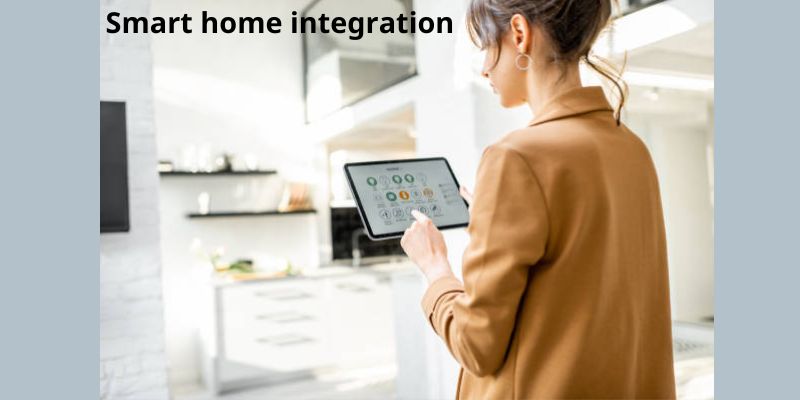
Features: a user-friendly interface and straightforward functions; access to Smart home integration functionality via an Apple smartphone; and increased automation power.
Apple’s choice for Smart home integration automation technologies is HomeKit. Given that you can use one device for two purposes, it’s very cool that a HomePod Mini or an Apple TV 4K serve as hubs for HomeKit.
The visual layout of the HomeKit mobile app is similar to that of the SmartThings app, but I would argue that it has a simpler design to make it more user-friendly. The program displays devices as cards, complete with your favorite accessories and a preview of your preferred camera feed that can be accessed from the app’s main screen.
At the top of the page, shortcuts with buttons to access your security system, view the devices that are now running, and access any accessories that aren’t responding are shown.
Overall, I’ve had a nice experience with Apple’s Home app, however occasionally I run across glitches and things that could be simplified, like a better method to view all rooms on a single page. Apple did reveal some significant upgrades to the Home app coming this fall, despite the fact that the app occasionally leaves users wanting.
Automation power
In recent years, HomeKit’s automation capabilities have increased. The Home app makes it simple to install automations and provides instructions on how to personalize them. You can set up many triggers for automations, such as when someone leaves or enters, the time of day, the control of an accessory, or the detection of something by a sensor.
The limitations of this system’s automation capabilities include the fact that HomeKit won’t activate automations that, for example, require unlocking a door when you get home without first verifying it on your phone. This is a measure taken by Apple to protect the security of its users, but it means that if you want to automatically unlock your smart lock when you reach home, you’ll need to open the app each time you arrive to confirm this action before it starts working. Sort of takes the automatic out of the auto.
Compatibility and support
There are fewer Smart home integration products that can pass the HomeKit compatibility barrier than there are for other systems, perhaps due to Apple’s stricter data security and consumer privacy standards.
Just because an item is labeled as Smart home integration doesn’t mean that it will necessarily be compatible with HomeKit since it is only compatible with devices that have been certified to function with it. Always keep an eye out for that label when purchasing a product for your Apple Smart home integration environment.
Conclusion: So above is the Streamline Your Lifestyle with Smart Home Integration article. Hopefully with this article you can help you in life, always follow and read our good articles on the website: Refrigerator- side by side Refrigerator -Appliances Kitchen Review Blog
